
Keeping your refrigerator running efficiently is not only good for the environment but also for your wallet. In this article, we will explore some practical tips and tricks that will help you optimize the performance of your fridge. From organizing your food items strategically to cleaning the coils regularly, you will learn simple yet effective ways to ensure that your refrigerator operates at its best, keeping your food fresher for longer and reducing your energy consumption. So, if you’re looking to save money on your energy bills and maximize the lifespan of your fridge, read on to discover how you can make your refrigerator run more efficiently.
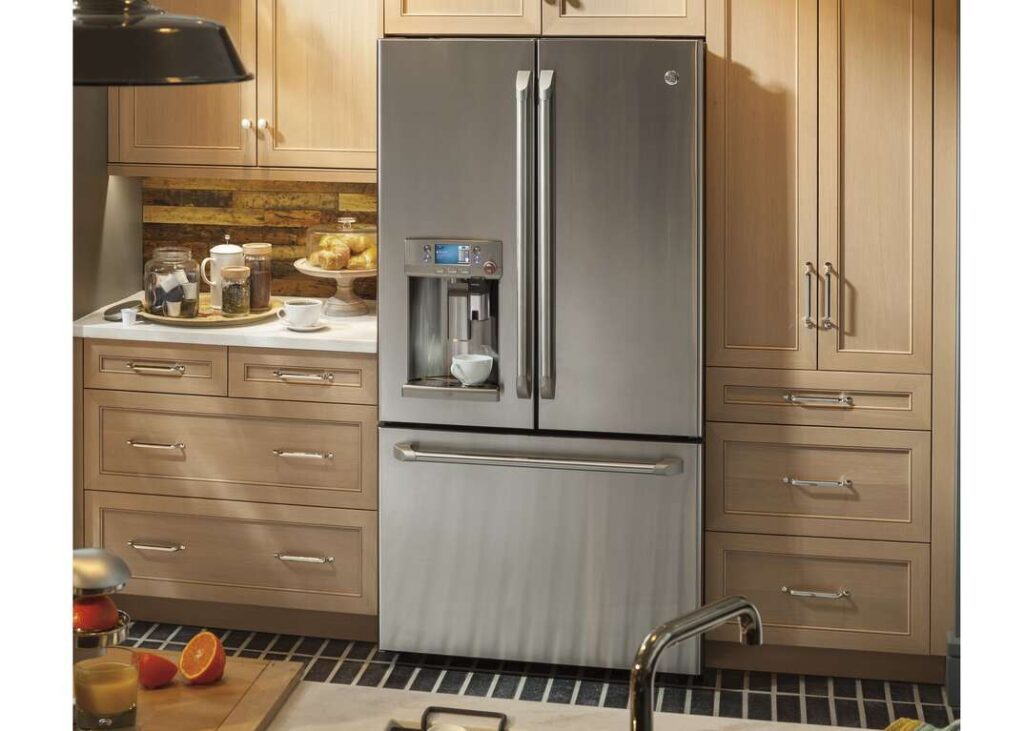
Setting the Temperature
Understanding the ideal temperature
Setting the ideal temperature for your refrigerator is crucial for efficient and safe operation. The recommended temperature range for refrigerators is between 37°F (3°C) and 40°F (5°C). This ensures optimal food preservation while preventing bacterial growth. Keep in mind that temperatures below 32°F (0°C) can compromise the quality of certain foods, while temperatures above 40°F (5°C) can lead to food spoilage.
Adjusting the thermostat
To adjust the temperature of your refrigerator, locate the thermostat control usually located inside the refrigerator compartment. Turn the control dial or use the digital display to set the temperature within the recommended range. It’s a good practice to occasionally use a refrigerator thermometer to verify that the internal temperature matches your desired setting.
Avoiding extreme temperature fluctuations
Extreme temperature fluctuations can affect both food quality and the overall efficiency of your refrigerator. To prevent this, avoid placing hot or warm food directly into the refrigerator. Allow them to cool down to room temperature first. Additionally, make sure the refrigerator door is not left open for extended periods, as this can cause a rapid increase in temperature. Keeping the refrigerator stocked can also help maintain a more stable internal temperature.
Ensuring Proper Air Circulation
Clearing obstructed air vents
Proper air circulation is essential for your refrigerator to function efficiently. Ensure that the air vents inside the refrigerator and freezer compartments are not blocked by food items or containers. Blocking these vents can impede the flow of cold air and cause uneven temperature distribution. Periodically check and rearrange items to ensure that air can circulate freely.
Maintaining proper clearance around the refrigerator
For optimal air circulation, it’s important to maintain proper clearance around your refrigerator. Leave enough space between the refrigerator and nearby walls or cabinets to allow for adequate ventilation. Aim for a minimum of 2-3 inches (5-8 cm) on the sides and back of the refrigerator. This allows the heat to dissipate more efficiently, reducing strain on the cooling system.
Using a fan for improved ventilation
In some cases, especially if your refrigerator is located in a tightly enclosed space, using an additional external fan can help improve air circulation. Placing a small fan near the back of the refrigerator can enhance the cooling process, making your refrigerator run more efficiently. This simple step can effectively reduce the workload on the compressor and help maintain consistent temperatures.
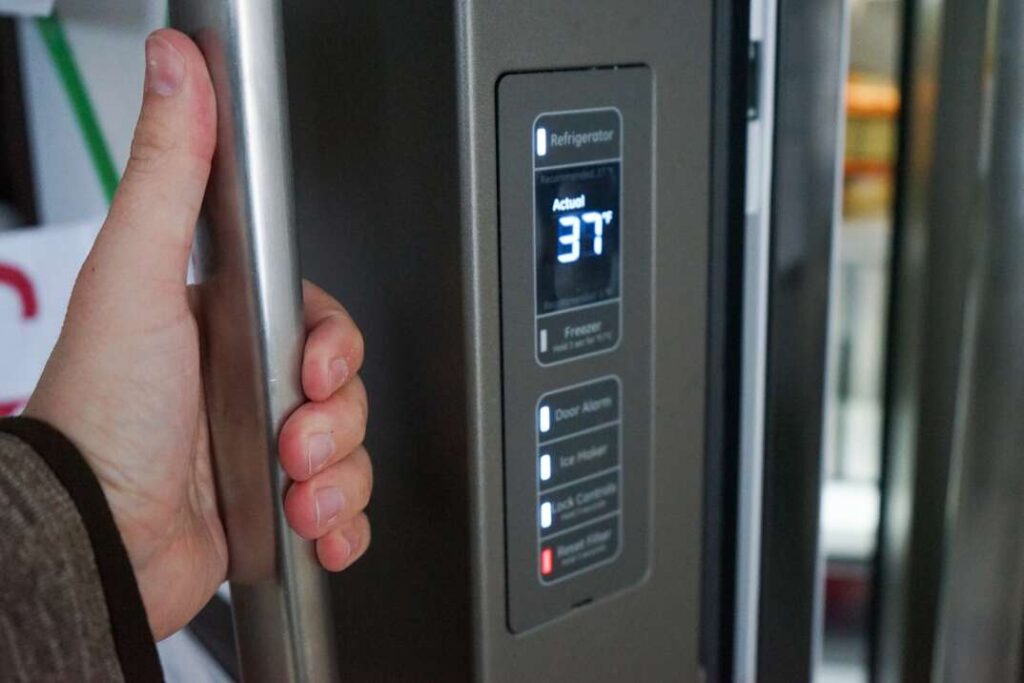
Organizing and Storing Food
Properly arranging food items
Efficient organization of the refrigerator can go a long way in optimizing its performance. Group similar food items together and designate specific areas for different types of food. This will not only make it easier to find what you need but also allow for better airflow. Keep in mind that certain items, like dairy products, are best stored on the upper shelves where the temperature is more constant.
Using airtight containers
Using airtight containers to store your food can help maintain its freshness and prevent odors from spreading. When food is exposed to air, it can quickly deteriorate and lead to wastage. By using containers with tight-sealing lids, you create a barrier that keeps air out, preserving the quality and taste of your food.
Avoiding overstocking
While it’s essential to have enough food stocked in your refrigerator, overpacking it can hinder proper air circulation and increase energy consumption. It’s important to strike a balance between adequate storage and not overcrowding the refrigerator. Overstocking can obstruct air vents, obstruct the cooling process, and make it harder for the refrigerator to maintain the desired temperature.
Keeping the refrigerator clean
Regular cleaning of the refrigerator is not just about aesthetics; it also plays a significant role in its efficiency. Wipe down spills and remove any food residues promptly. This prevents the growth of bacteria, eliminates odors, and helps your refrigerator function optimally. Periodically clean the shelves, drawers, and interior walls using a mild detergent and warm water. A clean refrigerator is not only more efficient but also more visually appealing.
Checking and Maintaining Seals
Inspecting door gaskets
The door gaskets, also known as seals, are essential for maintaining the efficiency of your refrigerator. Over time, these gaskets may become worn or damaged, allowing cool air to escape and warm air to enter. Periodically inspect the seals for any cracks, tears, or signs of wear. A simple way to test the seal is by closing a dollar bill or a piece of paper in the door and trying to remove it. If it slides out easily, it’s time to replace the gaskets.
Cleaning the seals
Keeping the door gaskets clean is equally important for proper sealing. Regularly wipe down the gaskets with a damp cloth to remove any dirt, debris, or sticky residue. This helps maintain a tight seal and prevents air leakage. Avoid using harsh chemicals or abrasive cleaners, as they can damage the gaskets. A mild detergent or a mixture of vinegar and water is usually sufficient for cleaning the seals.
Replacing damaged or worn-out gaskets
If you notice significant damage or wear on the door gaskets, it’s crucial to replace them promptly. Damaged gaskets not only compromise the efficiency of your refrigerator but also lead to increased energy consumption. Fortunately, most gaskets are easily replaceable and can be found at appliance repair stores or online. Follow the manufacturer’s instructions for proper installation or consider hiring a professional technician for assistance.
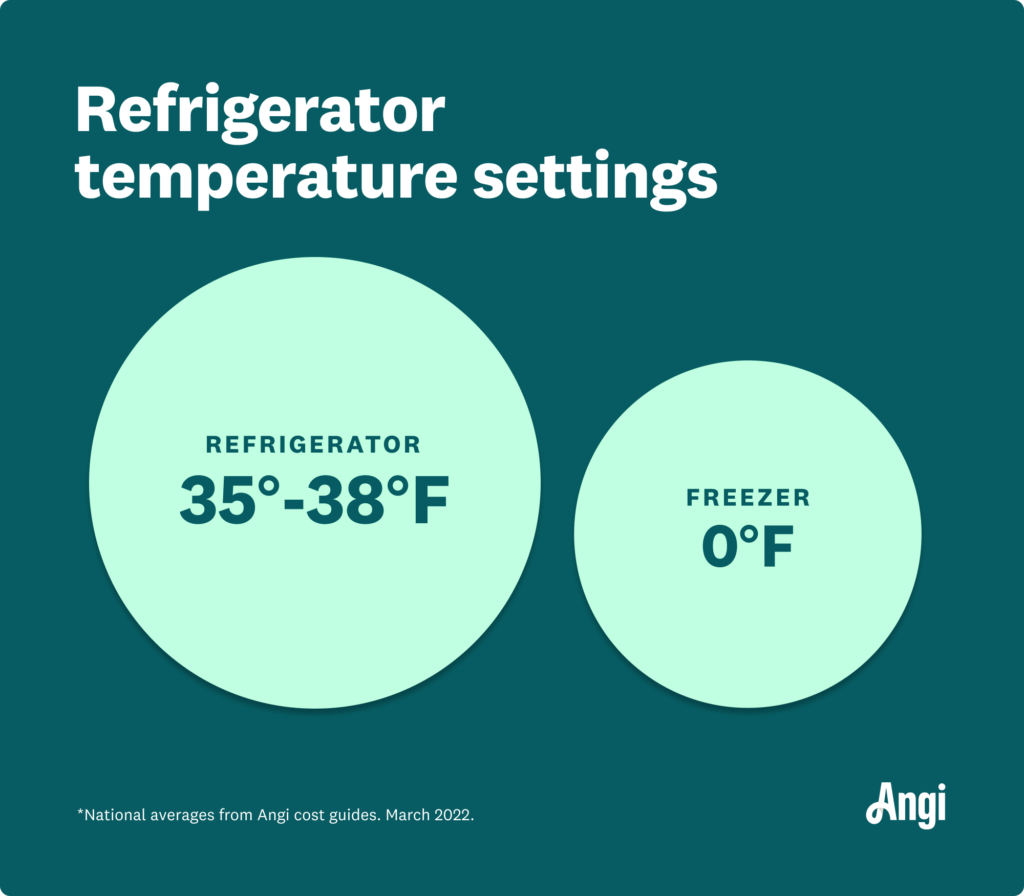
Cleaning and Defrosting
Regularly cleaning the coils
The coils at the back or bottom of your refrigerator play a vital role in heat dissipation. Over time, these coils can accumulate dust, dirt, and pet hair, inhibiting their ability to release heat effectively. Regularly cleaning the coils can greatly improve the efficiency of your refrigerator. Using a vacuum cleaner or a soft brush, carefully remove the debris from the coils. This simple task can significantly reduce energy consumption and extend the lifespan of your appliance.
Defrosting the freezer
Frost build-up in the freezer can reduce its efficiency and restrict airflow. If frost accumulation exceeds 1/4 inch (0.6 cm), it’s time to defrost your freezer. Empty the freezer, turn off the power, and allow the frost to melt naturally. You can expedite the process by placing bowls of warm water inside the freezer or using a hairdryer on the low setting. Once the frost has melted, wipe the interior dry, and turn the power back on. Regular defrosting ensures proper airflow and prevents excessive energy consumption.
Keeping the condenser fan clean
The condenser fan, located at the back or bottom of your refrigerator, helps dissipate heat from the coils. Like the coils, the condenser fan can accumulate dust and debris over time, reducing its efficiency. To clean the fan, first, unplug the refrigerator and remove any protective covers. Gently brush or vacuum the fan blades to remove the dirt. Avoid applying excessive pressure or using abrasive cleaners, as this can damage the fan. Regular cleaning of the condenser fan ensures optimum cooling and energy efficiency.
Optimizing Energy Efficiency
Considering an ENERGY STAR certified refrigerator
If you’re in the market for a new refrigerator or planning to replace your existing one, consider opting for an ENERGY STAR certified model. These appliances are designed to meet strict energy efficiency guidelines set by the Environmental Protection Agency (EPA). ENERGY STAR refrigerators use less energy compared to standard models, which can lead to significant energy savings over time.
Using the power-saving mode
Many modern refrigerators come equipped with a power-saving mode. When activated, this mode reduces energy consumption by adjusting temperature settings and decreasing the frequency of automatic defrost cycles. Check your refrigerator’s user manual to locate and enable this feature. Utilizing the power-saving mode can help lower your energy bills without compromising the freshness and quality of your food.
Turning off unnecessary features
Some refrigerators offer additional features like ice makers, water dispensers, or even in-built TVs. While these features can be convenient, they also consume extra energy. Consider turning off features that are not frequently used to save energy. For example, if you prefer tap water over filtered water, disabling the water filter and dispenser can reduce energy consumption.
Avoiding frequent door openings
Each time you open the refrigerator door, cool air escapes, and warm air enters. This leads to increased energy consumption as the refrigerator needs to work harder to restore the desired temperature. To minimize door openings, make sure you have a clear idea of what you need before opening the door. Additionally, avoid leaving the door open for extended periods while you decide on your food selection. Cultivating these habits can effectively conserve energy and improve the efficiency of your refrigerator.
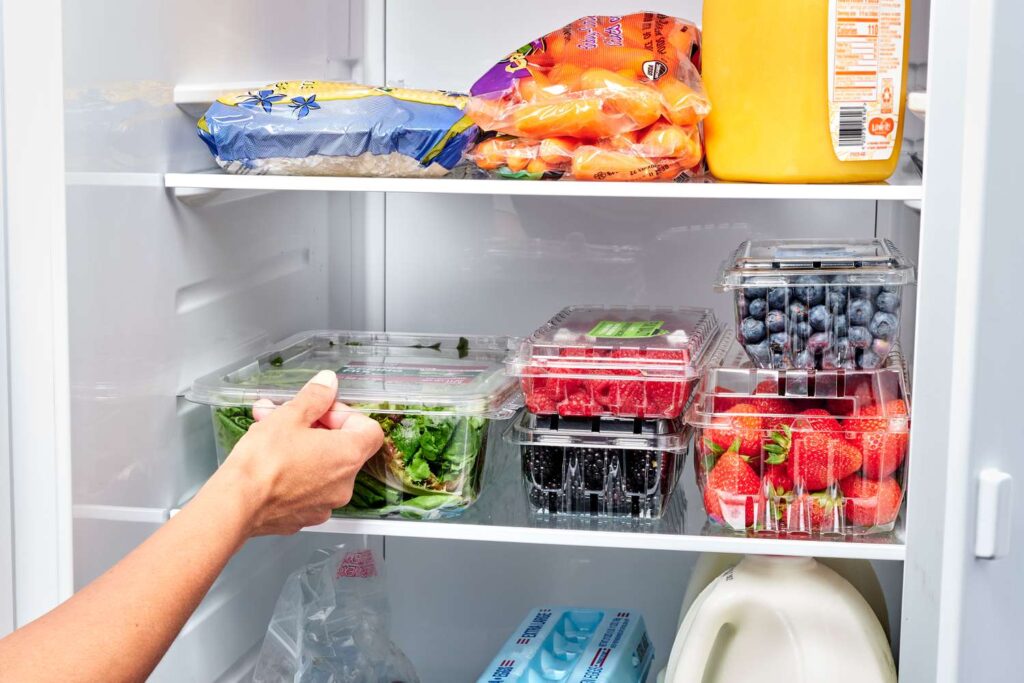
Maintenance and Repairs
Checking for proper leveling
Ensuring that your refrigerator is properly leveled is essential for its smooth operation. A refrigerator that is not level can strain the compressor and affect the overall cooling performance. Use a level to check the refrigerator from side to side and front to back. Adjust the leveling legs or wheels as necessary to achieve a stable and level position. Periodic leveling checks can prevent unnecessary wear and tear on your refrigerator.
Inspecting and cleaning the drain tube
The drain tube is responsible for carrying away condensation and moisture from your refrigerator. Over time, this tube can become clogged with debris or mold, leading to water leaks or inefficient drainage. Regularly inspect the drain tube and clean it with a mixture of warm water and mild detergent. Gently flush the tube to remove any blockages and ensure smooth and efficient drainage.
Replacing water filters
If your refrigerator has a built-in water filtration system or a water dispenser, it’s important to replace the filters as recommended by the manufacturer. Over time, these filters can become clogged with impurities, reducing their effectiveness. Follow the instructions provided with your refrigerator to locate and replace the filters. Regular replacement ensures clean and safe drinking water and helps maintain the optimal performance of your refrigerator.
Regularly inspecting and cleaning the fan
The fans in your refrigerator play a crucial role in circulating cold air and ensuring uniform cooling. Periodically inspect the fans, both inside the refrigerator and near the compressor, for any signs of debris or obstruction. Use a soft brush or vacuum cleaner to gently clean the fan blades and remove any accumulated dirt. Regular maintenance of the fans promotes efficient airflow and helps your refrigerator run smoothly.
Utilizing Helpful Accessories
Using a refrigerator thermometer
A refrigerator thermometer is a useful tool for monitoring the internal temperature and ensuring it stays within the recommended range. Place the thermometer inside the refrigerator and check it periodically to ensure the temperature remains consistent. This allows you to make necessary adjustments to the thermostat if needed, helping your refrigerator maintain optimum cooling efficiency.
Using a fridge air freshener
While not directly related to efficiency, using a fridge air freshener can improve the overall experience of using your refrigerator. It helps keep unpleasant odors at bay, creating a more pleasant environment for your food and beverages. Look for air fresheners specifically designed for refrigerators and replace them as recommended by the manufacturer.
Installing a water filter
If your refrigerator has a water dispenser or ice maker, installing a water filter can greatly improve the quality of your drinking water. Water filters remove impurities and contaminants, ensuring that the water dispensed from your refrigerator is safe and clean. Follow the manufacturer’s instructions for proper installation and regular replacement to maintain the filter’s effectiveness.
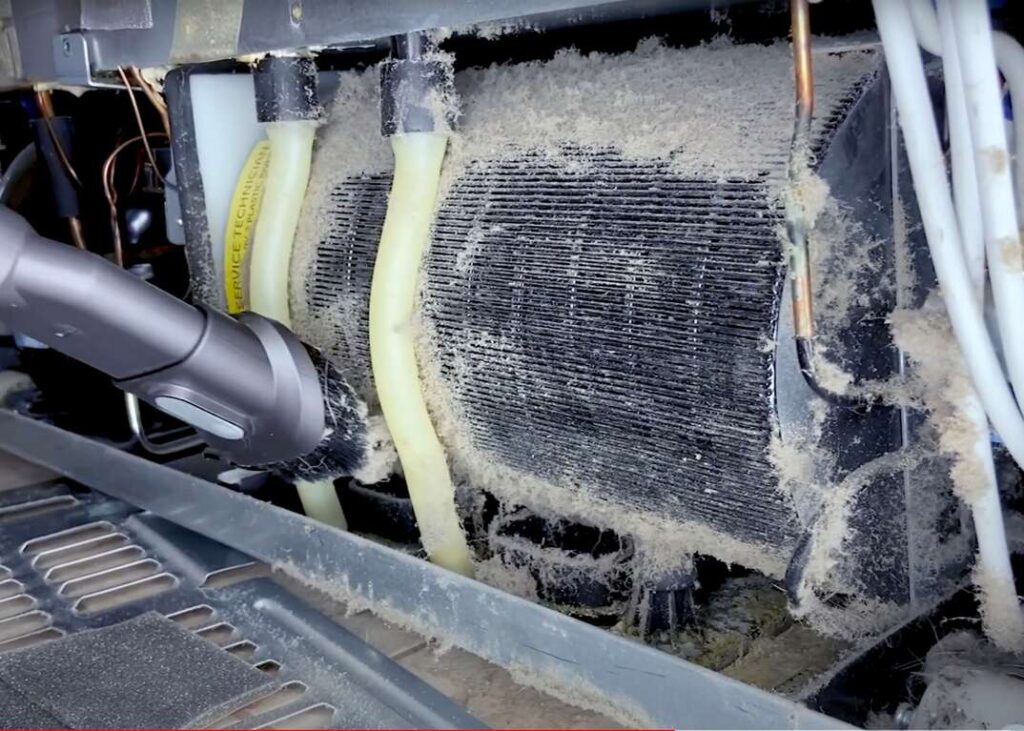
Considering Refrigerator Placement
Keeping the refrigerator away from heat sources
To optimize the efficiency of your refrigerator, avoid placing it near heat sources such as ovens, stoves, dishwashers, or direct sunlight. Excessive heat can make your refrigerator work harder to maintain the desired temperature, leading to increased energy consumption. Additionally, it can also affect the longevity of certain components. Choose a cool and well-ventilated location for your refrigerator to ensure it operates efficiently.
Avoiding direct sunlight exposure
Direct sunlight can significantly impact the cooling efficiency of your refrigerator. The heat from the sun can cause the refrigerator’s cooling system to work harder, leading to increased energy consumption. To prevent this, place your refrigerator away from windows or areas that receive direct sunlight. If this is not possible, consider using curtains or blinds to block the sunlight during peak hours.
Considerations for garage placement
Garage placement of refrigerators is common for many households. However, garages can experience extreme temperature fluctuations, which can affect the performance of your refrigerator. If you choose to place your refrigerator in the garage, ensure that it is designed to withstand the temperature variations typically experienced in your region. Some refrigerators are specifically designed and labeled as suitable for garage use.
Seeking Professional Help
Consulting a refrigerator technician
If you encounter persistent cooling issues or suspect any major problems with your refrigerator, it’s advisable to seek professional help. A refrigerator technician can diagnose and resolve complex issues, ensuring your refrigerator runs efficiently and lasts longer. They have the necessary expertise to identify any underlying problems, perform repairs or recommend appropriate actions.
Scheduling regular maintenance
Regular maintenance is crucial for the optimal performance and longevity of your refrigerator. Consider scheduling periodic maintenance visits from a professional technician. They can inspect, clean, and service various components of your refrigerator to ensure it operates efficiently. Regular maintenance can catch potential issues early on, saving you from costly repairs down the line. Follow the guidelines provided by the manufacturer and the technician to establish a maintenance schedule suitable for your refrigerator.
By following these comprehensive tips and implementing good habits, you can significantly improve the efficiency of your refrigerator. Doing so not only saves energy and reduces your carbon footprint but also helps preserve the quality and freshness of your food.

